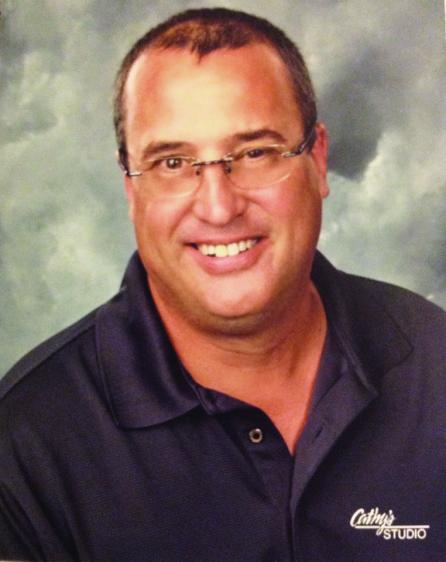ILSOYADVISOR POST
Agronomy: A Thinking Guide to the 2016 Soybean Crop: Part 3: Seed Treatments
To treat or not to treat soybean seed for 2016? That is the question. Or at least it’s a thought in the process of cutting costs for the 2016 crop.
In the spirit of full disclosure, I am an advocate of treated soybean seed. No, I do not make any money off treatments or from treatments. I just won’t plant soybeans without treatment, regardless of whether they are full season or double cropped soybeans. I can give you a laundry list of reasons why I want treated seed from the last 10 years. Instead, let’s look at seed treatment from two different angles.
First, what would be reasons to use or not use seed treatment other than cost? When would you not use a seed treatment? I can think of 5 reasons off the top of my head:
1. When planting conventionally
2. When planting into warm, moist soils
3. When planting mid to late season
4. When planting onto soils with no history of seedling disease
5. When using soils with a history of high yielding soybeans
Only one or two reasons above describe my farm.
When should you treat seed? Again, I can think of 5 reasons off the top of my head:
1. No-till
2. Early in the growing season
3. When soil conditions are cool and or wet
4. Planting in soils that crust easily
5. When the chances of rain are great, shortly after planting
Three out of five describe my farm and why I would always use a seed treatment.
So considering risk management it’s easy to see why I would choose treated seed. Your risk management situation might be totally different. Only you can do the risk management assessment for your farms and fields. Yes, some fields are different.
Second, how can I cut treatment cost when I need treated seed?
In many cases today, much of the soybean seed is treated “downstream”. Meaning that you can select from a menu—for lack of a better word—what type of treatment you want right at the seed dealer before it goes into your tender or seed box. Of course the dealer will only offer a certain set of products, so you may not have a total choice, but you still have an opportunity to make some selections.
The cost of these treatments can range from low to very high depending on what mix you want. Fungicide, insecticide, biological and or “protectants” and any combination can be applied. And today you can invest in treatments to protect against SCN and SDS. In my opinion this is a positive—we can select what we want based on what is needed at planting.
So, now I can order my seed treated by the field, by the planting practice, by the soil conditions and by the disease, insect or yield history of the field just prior to filling the planter. In other words, I may only ask for a fungicide on one field and want the works on another. My choice may be different if we are planting early April vs. late May. Therefore, my cost can be cut when necessary and I can still get the benefit of treated seed where I need it.
Cutting out treatment all together, across the farm as a cost reduction strategy is bad risk management in my opinion. Again, it goes back to field by field management. Only you know your farm and fields and where you can safely reduce inputs and where you have to manage risk. Seed treatments are risk management tools—so use them appropriately.
Kelly is serving as the Illinois Soybean Association Double-Crop Specialist. He was raised on the family farm in Benton, Illinois and graduated from Southern Illinois University (SIU)-Carbondale with a BS in Agriculture Education and Mechanization, and a Master’s of Science (MS) in Plant and Soil Science. Kelly has spent 25 years as a soil fertility agronomist and precision agriculture consultant in southern Illinois while also spending 4 years as a Farm/Agronomy Manager and GIS Coordinator for a large farm in southeastern Illinois. He is a Certified Professional Agronomist and a Certified Crop Advisor.





Comments
Add new comment